
Factual error: An old man appears with children following him. This is supposed to be pedagogue Janusz Korczak. It appeared as if he was just wearing a suit and a Jewish arm band. In the Warsaw Ghetto, Mr. Korczak never wore an arm band and wore his WWI Polish Army Uniform, both as acts of defiance. He was beaten and almost put to death (he had connections) for not wearing an arm band so having one on in the movie is inaccurate.
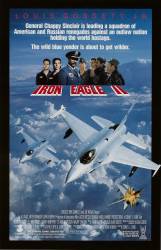
Factual error: The F-16 in the movie is wearing a desert camouflage, this is the standard camouflage of the Israel's air force F-16 while the USAF F-16 have two tonalities of grey.
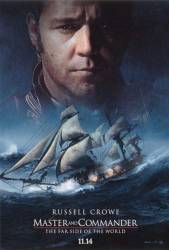
Factual error: After Stephen Maturin comes back with a small portion of findings from the Galapagos Islands, he presents a stick insect to Captain Aubrey, but stick insects (Phasmids) don't exist in the Galapagos Islands. (01:41:20)

Factual error: Major Stewart addresses the Indian NCO as "Sergeant Major" and he is so described in the credits. There was no such rank in the British Indian Army. Indian cavalry sergeants were known as Daffadars. More senior Indian cavalry officers held VCO ranks (Jemadar, Risaldar and Risaldar Major) which had no British equivalent. Given the importance of rank and protocol, it is highly unlikely that a British commissioned officer would be unaware of this.
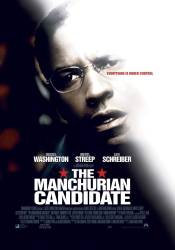
Factual error: When Eleanor Shaw tries to convince other members of the senate to choose her son as a candidate for vice president, a map of the fifty states and their corresponding electoral votes can be seen. The map shows Colorado as having 3 electoral votes and Wyoming having 8. Wyoming should have 3 and Colorado 9.
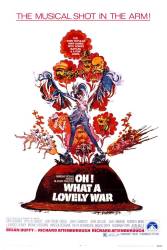
Factual error: At the end of the 'Goodbye' the men all board a train which leaves along a track on a seaside pier. The shot changes from this stylised vision to a shot of an Edwardian Lady alone on a railway platform. In the background is a 1970s, ie. modern, diesel train.

Factual error: During the first scenes of the film the Greek flag used is the current one, and not the one used at that time. The flag that should have been used is a white cross on blue.
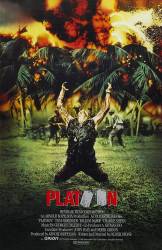
Factual error: Bunny bites an aluminum beer can in half. Beer cans weren't aluminum until the mid 70s. He would have hurt his mouth on that one.
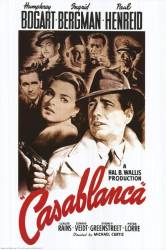
Factual error: When Rick is talking about the German guns shelling near Paris, he describes them as 77's (non-existent) - likely meant the famous 88's used as anti-aircraft and tanks as well as for wheeled guns. [The line was originally "88s" but was changed at the request of the War Dept. so as to not tip the German's hands that we knew about the 88s.] (00:44:25)
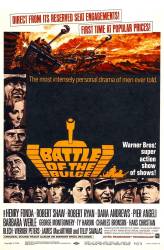
Factual error: None of the German tanks are accurate representations of German WWII types. They are all post war US variants. ie. M47 Patton Tanks. [Still a mistake, but an elaboration: This is a common problem in depicting German tanks: few, if any, survived the war. The few museum examples wouldn't be released for movie work, and certainly WHERE, some 20 years after the war, would one find a brigade's worth of running Tiger II tanks? Never mind that Kampgruppe Pieper, which Hessler's command is loosely based on, actually used Mark IV and Panther tanks. There was one King Tiger battalion, and it was in reserve well behind KG Peiper. The M47s versus the M24 Chafees (mistakenly called "Shermans" at times) is a fairly accurate comparison of the respective sizes, firepower, and other combat capabilities of the respective tanks. Some other movies, like "Kelly's Heroes", have their "Tigers" mocked-up with sheet metal, wire mesh, and sacking over a different type of tank (in that case, T-34/85s of the Yugoslav army are mocked up as Tiger Is, a fairly decent job).]
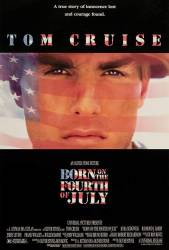
Factual error: At a scene where Ron is in the Veteran's hospital doing physical therapy, it is supposed to be 1968, but the song playing is "American Pie." The song didn't come out until 1971.
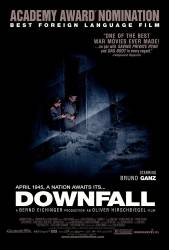
Factual error: On a number of occasions uniformed Wermacht officers and men are shown saluting Albert Speer. Speer was a civilian and (obviously) not in uniform. Military men do not salute civilians.
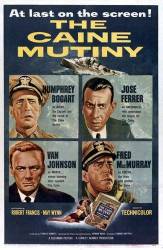
Factual error: In the shot where the three officers ride the aircraft elevator from the hangar deck to the flight deck after arriving aboard the admiral's carrier, you can briefly see some of the aircraft parked on the hangar deck, and they are jet aircraft. The aircraft have pointed noses, no propellers, and the fuselage shape and markings are consistent with first generation Navy carrier jets. These types were not in service until the mid-50s (See "Bridges of Toko-Ri").
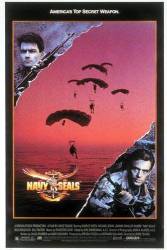
Factual error: At the end of the movie when Hawkins is cutting the guy's throat underwater no blood is visible.

Factual error: After being under bombardment for several days, don't you think it was polite of the Japanese to shave and put on clean uniforms for the invasion?

Factual error: Catus Decianus actually managed to escape from the massacre at Camulodunum and fled to Gaul.

Factual error: The bird hovering near Manech's lighthouse is supposed to be an Albatross, but it's a Gannet.
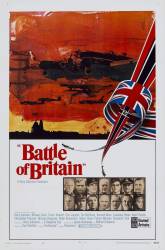
Factual error: The door of the garage next to the house is of the aluminum up-and-over type, not available until the late 1960's.

Factual error: The movie is set in Rwanda in 1994. At the start of the movie you see a billboard advert for MTN, a South African cellular service provider that was not available in Rwanda in 1994.

Factual error: During the battle over the fort the British shoot a red flare into the sky. The British army learnt of the effectiveness of rocket weapons when fighting in India in the 1790s. In 1804, rockets (developed by Colonel William Congreve) were introduced into British service. The rocket flare was developed around this time (also by Colonel Congreve). This film is set in the 1750s - the British army would not have had rocket flares (source: Taylor, J.W.R (1970). Rockets & Missiles, Hamlyn, London. PP. 6-10). (00:34:30)
Suggested correction: Speer, in his capacity as Reichsminister of Armaments and Munitions, would have been very recognizable to all Germans at this time and respected. Additionally, no Wehrmacht members actually salute or interact with Speer (by my memory), only Waffen-SS, who would doubtless be more loyal to a senior party member and willing to salute him. More so, if the entry refers to the Hitlergruß, the Hitlergruß was given regardless of rank per National Socialist ideology related to social equality.
One of Speer's many defences at his postwar trial was that he was a civilian, mistrusted by the military and never accorded military courtesies, which included them saluting him.